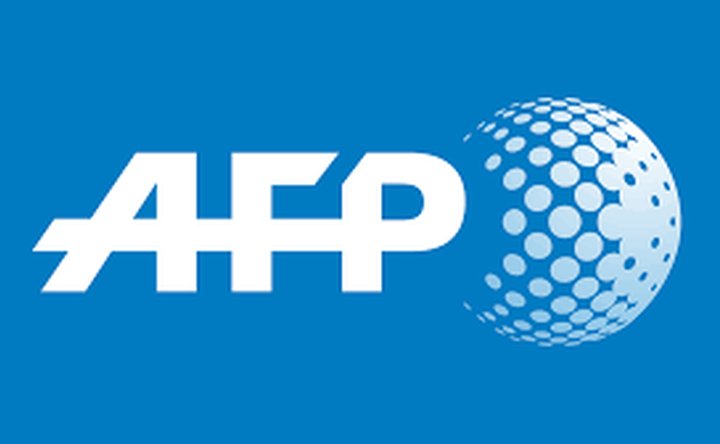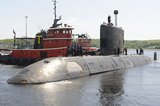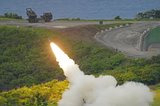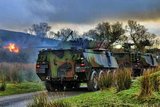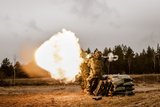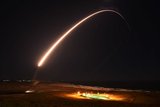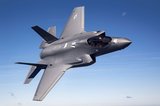Russia's Kalashnikov becomes majority private-owned
Private investors have for the first time gained a majority share of Russia's Kalashnikov arms manufacturer, producer of the AK-47 assault rifle, Rostec announced on 15 February.
Rostec said in a statement it had reduced its stake from 51 percent to a blocking stake of 25 percent plus one share.
It made the sale to Kalashnikov's general director Alexei Krivoruchko, who was already a shareholder in the Kalashnikov Concern, and his company.
The deal cost ‘a total of more than $26.39 million,’ Rostec said.
This valuation of the company is almost double that of 2014 when Rostec opened the firm up to a public-private partnership.
The move comes as the firm is going through a major transformation, diversifying its production and focusing on exports despite being under US sanctions because of the Ukraine crisis.
Founded in 1807 in Izhevsk – 1,300 kilometres east of Moscow – the former Izhmash factory has undergone a series of upheavals since 2013 when Rostec merged it with another plant and renamed it the umbrella company Kalashnikov after Mikhail Kalashnikov, who invented the AK-47 in 1947.
It became standard issue in the Soviet army and the world's most popular firearm due to its reliability in different weather conditions and the fact it was produced in a number of countries.
Just before his death at the age of 94 in 2013, Kalashnikov complained to President Vladimir Putin about mismanagement and low wages at the firm.
Since private investors came on board under Krivoruchko, the company has developed new models of guns and changed its image to maximise the returns from its famous name with a clothing line and souvenirs.
In 2017, Russia put up a statue of Mikhail Kalashnikov in Moscow but there were red faces as it emerged the sculptor mistakenly used a drawing of a Nazi weapon on the base.
Related Equipment in Defence Insight
More from Defence Notes
-
![How might European countries look to tackle drone incursions?]()
How might European countries look to tackle drone incursions?
Disruption of infrastructure in Europe, whether by cyberattack, physical damage to pipelines or uncrewed aerial vehicles flying over major airports, as has happened more recently, is on the rise. What is the most effective way of countering the aerial aspect of this not-so-open warfare?
-
![Taiwan approved for $11 billion weapon purchase from US]()
Taiwan approved for $11 billion weapon purchase from US
The US State Department’s approval of a multi-billion-dollar sale of weapons to Taiwan includes tactical mission networks equipment, uncrewed aerial systems, artillery rocket systems and self-propelled howitzers as well as anti-tank guided missiles.
-
![Ireland spells out $2.3 billion shopping list in five-year defence spending plan]()
Ireland spells out $2.3 billion shopping list in five-year defence spending plan
Ireland’s multi-annual investment in capital defence spending is set to rise from €300m in 2026 to €360m in 2029–2030 with major upgrades across land, air, maritime and cyber domains.
-
![Canada to deepen integration of multi-domain capabilities to strengthen its defences]()
Canada to deepen integration of multi-domain capabilities to strengthen its defences
The Canadian Department of National Defence has created new organisations to manage the procurement and integration of all-domain solutions and allocated US$258.33 million to strengthen production capacities.
-
![US National Security Strategy prioritises advanced military capabilities and national industry]()
US National Security Strategy prioritises advanced military capabilities and national industry
The 2025 NSS has emphasised investment in the US nuclear and air defence inventory and national industry, but it leaves multiple unanswered questions on how the White House will implement this approach.
-
![Canada set to look away from its neighbour and across the Atlantic for partners]()
Canada set to look away from its neighbour and across the Atlantic for partners
While non-EU UK struggles to join the Security Action for Europe initiative, which provides loans for defence programmes, Canada has become the first country outside Europe to get access – and did so for a nominal fee.









